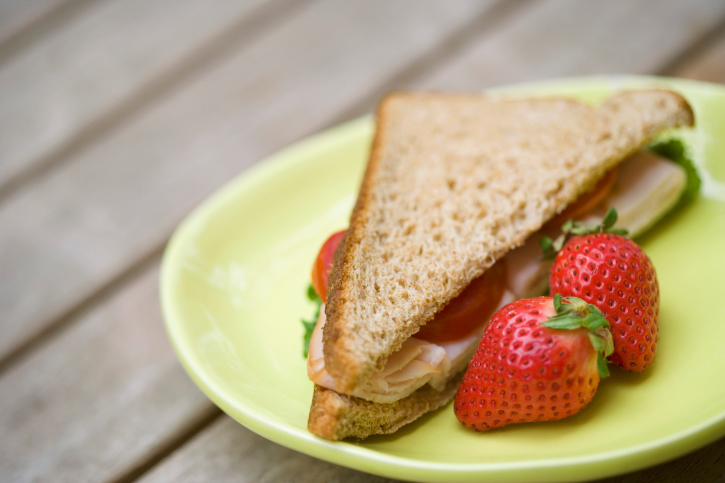Fiber Counting May be A Great New Weight Loss Tool

In the hopes of losing weight and getting your health under control, it is very likely that you have counted calories, carbohydrates, or even grams of fat. With all of that counting, your weight loss journey may have become too much of a chore, and therefore may have ended before you reached your goal. A new study published in the Annals of Internal Medicine has found that a new and easier way to eat healthy for weight loss may be counting fiber, and only fiber.
Fiber And Weight Loss
Researchers at the University of Massachusetts Medical School looked at 240 obese adults with metabolic syndrome. This is a condition that is marked by high fasting blood glucose, high blood fats (cholesterol and triglycerides), high blood pressure, and an above normal waist measurement. People with metabolic syndrome have a higher risk of type 2 diabetes, heart disease, stroke, and other serious health problems. The adults were tracked for one year while on one of two different meal plans. One group was told to follow the American Heart Association’s (AHA) plan, which is low in red and processed meats, salt, alcohol, sugar, and fat. The other group was only told to make sure they had at least 30 grams of fiber every day.
The study found that:
- Both groups lost weight, lowered their blood pressure, and had improved insulin sensitivity.
- The fiber group lost 4.5 pounds on average, compared to 6 pounds in the AHA group.
- Seven adults in the fiber group developed diabetes during the study, compared to only one person in the AHA group.
Although the AHA group lost more weight and had a lower chance of getting diabetes, the fiber group was not far behind. This study shows that something as simple as eating more fiber every day can help you take in healthier, less processed foods. Fiber counting can make weight loss a less challenging journey, help improve the symptoms of metabolic syndrome, and lower your risk of chronic disease.
So, How Can You Get More Fiber Each Day?
Eating more fiber can be as simple as adding one fiber-rich food to each of your daily meals or snacks. Here are some simple ways to add more fiber to your day:
- Add veggies to your lunch or dinner: Whether it’s veggies in a breakfast omelet, a salad for lunch, or some cooked veggies at dinner, fiber can be a healthy addition to any meal. One serving of veggies is equal to about one cup of cooked non-starchy veggies such as salad greens, green beans, carrots, broccoli, or spinach, or one-half cup of starchy veggies such as corn, peas, or sweet potatoes. Fresh is best, but frozen produce can also provide a healthy source of fiber.
- Have fruit for dessert: Swap sweet desserts for a piece of fruit. Sliced apples with a tablespoon of peanut butter, or a sliced banana with a tablespoon of drizzled low-fat chocolate syrup can make a delicious fiber-rich dessert. If you prefer a warm after-meal treat, you can also bake apples or pears and drizzle them with a teaspoon of honey.
- Snack on fruit and veggies in between meals: Celery sticks, carrot sticks, sliced peppers, or raw broccoli and cauliflower with a side of low-fat Greek yogurt dressing make a delicious fiber-rich snack. If you prefer a sweet treat, you could try a fiber-rich portable fruit snack such as an orange, banana, plum, apple, or a cup of seedless grapes or berries.
- Add whole grains to meals and snacks: Try oatmeal topped with sliced fruit, bran cereal with 2 tablespoons of dried fruit, a cup of yogurt topped with 2 tablespoons of granola, or whole-grain toast topped with a teaspoon of peanut butter or jam. For lunch or dinner, try whole-grain croutons with your salad, one-half cup of long grain rice, whole-wheat pasta with some veggies or beans, or whole wheat bread for your sandwich or dinner roll.
- Add whole-grain to snacks: A few cups of popcorn, 10-12 blue corn whole-grain tortilla chips with some chunky veggie or fruit salsa, or 1/4 cup of granola make tasty fiber-rich snacks.

